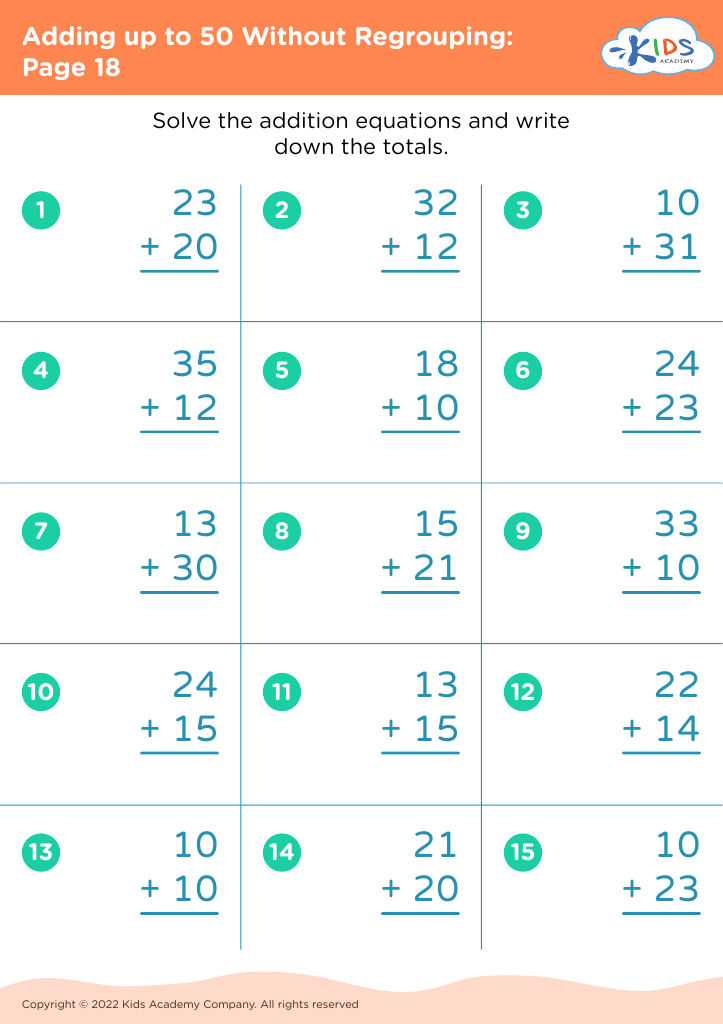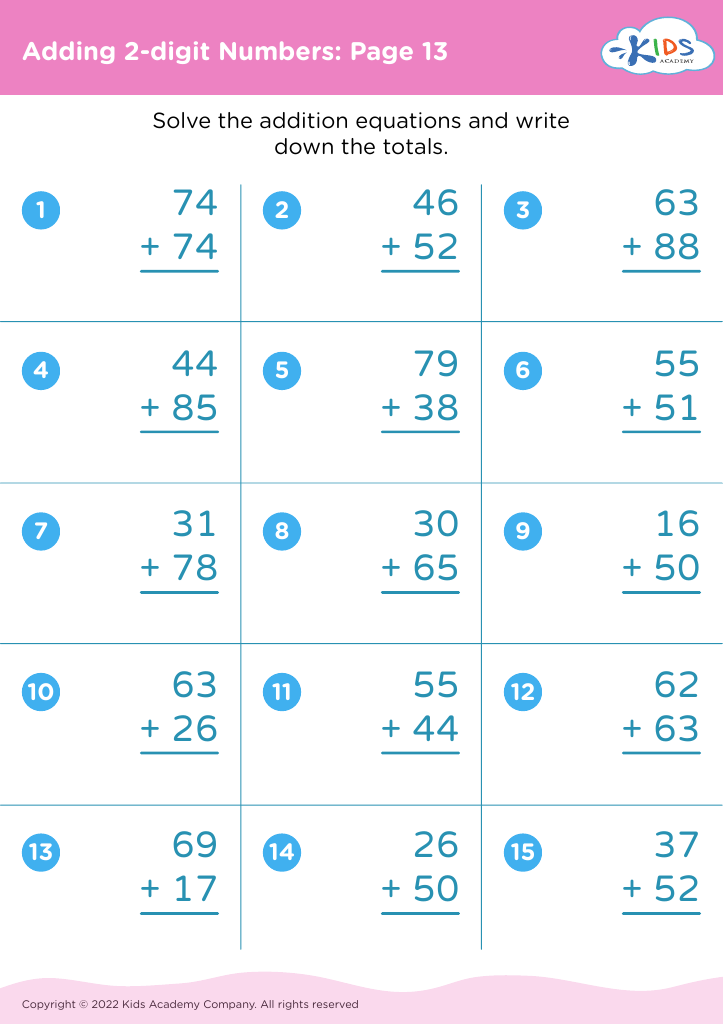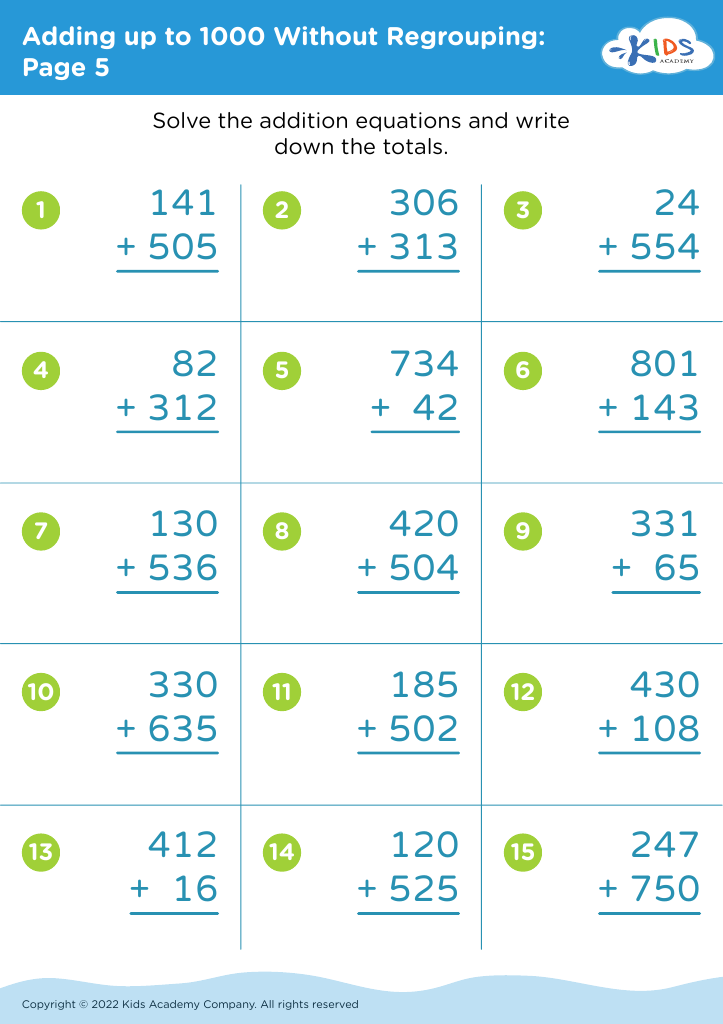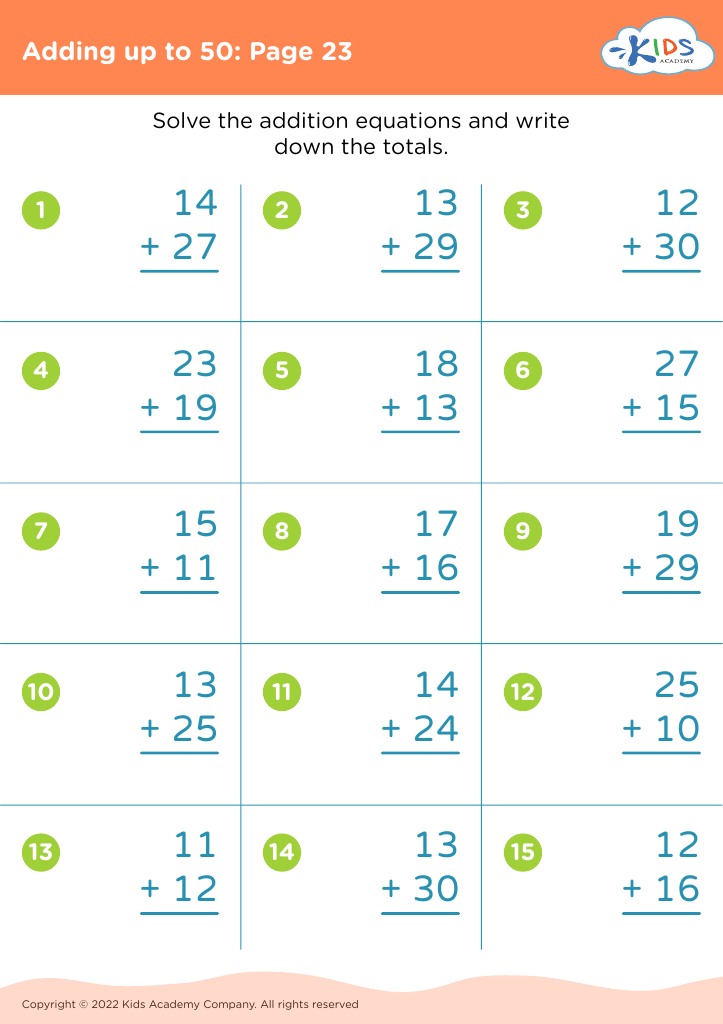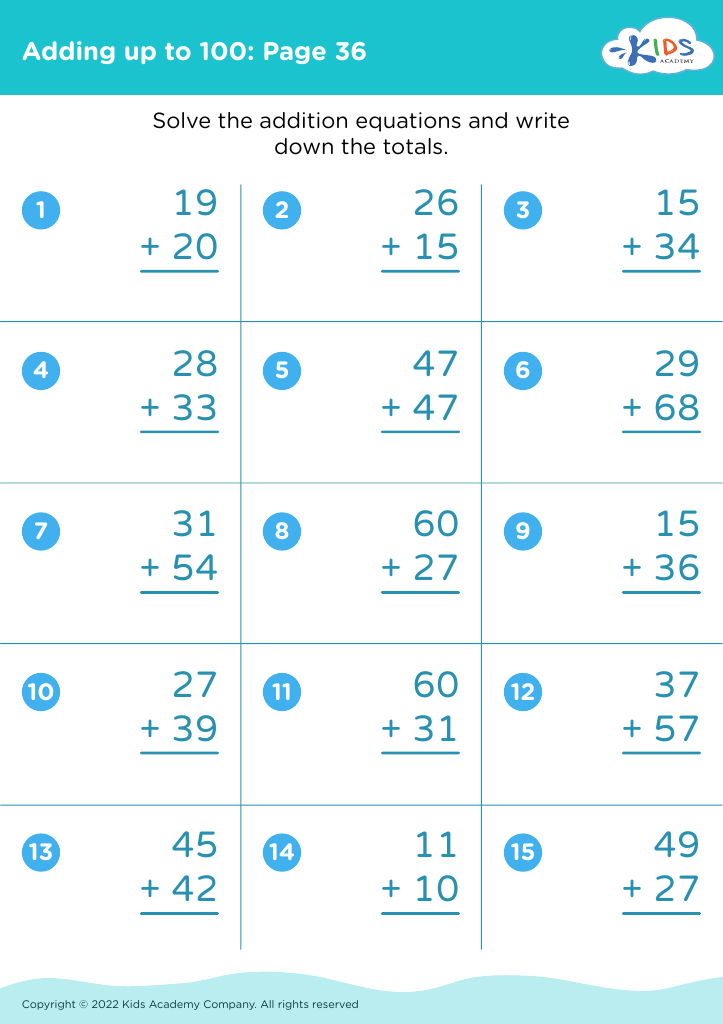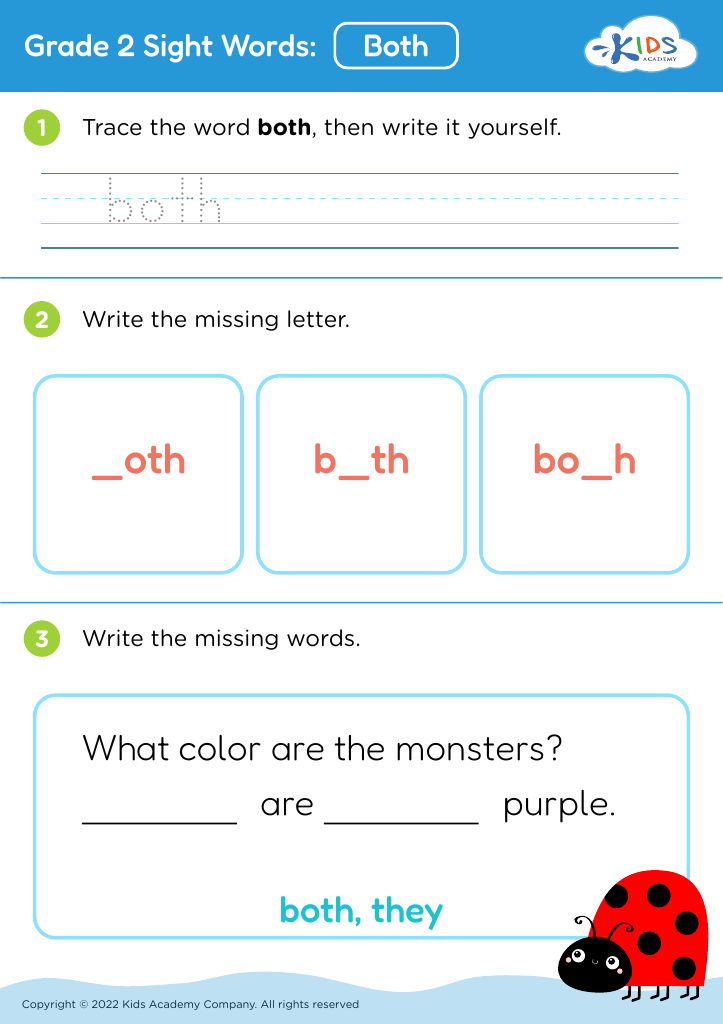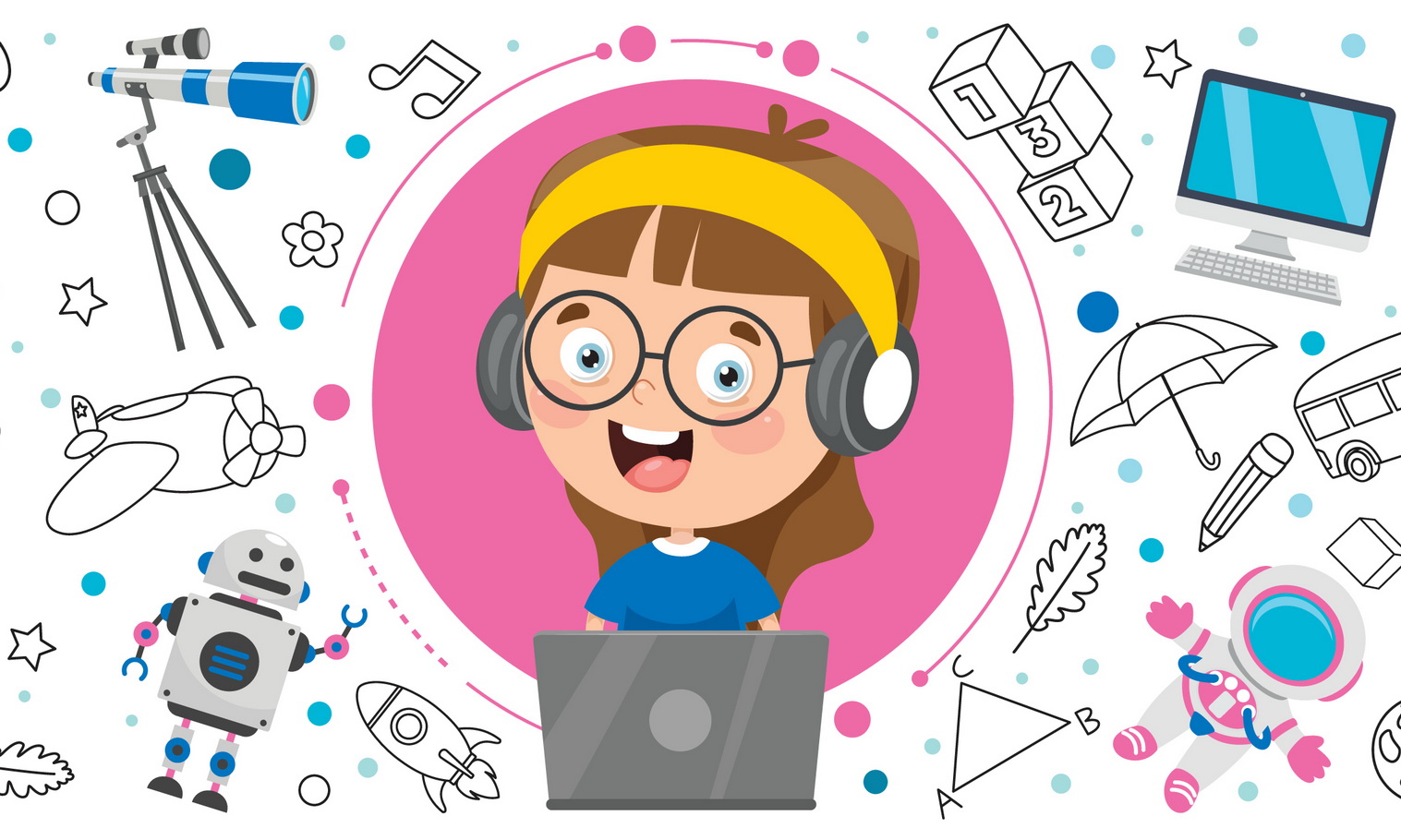Visual representation comprehension Worksheets for Ages 7-9
10 filtered results
-
From - To
Unlock your child's potential with our engaging Visual Representation Comprehension Worksheets designed specifically for ages 7-9. These thoughtfully crafted worksheets help children develop crucial skills in interpreting visual data, enhancing their ability to understand graphs, charts, maps, and diagrams. Foster critical thinking and comprehension through interactive exercises that make learning fun and effective. Each worksheet is tailored to challenge young minds, providing a variety of scenarios to strengthen their analytical abilities. Perfect for classroom use or at-home practice, our resources ensure that your child gains confidence and proficiency in visual literacy. Explore our collection today and support your child's educational journey!
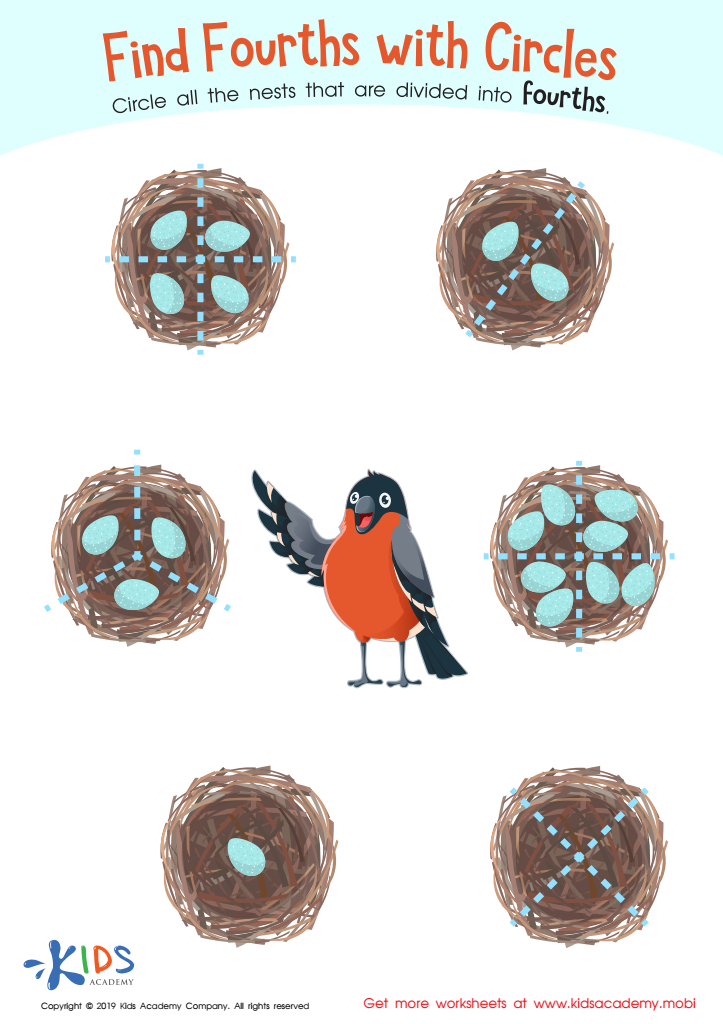

Find Fourths Circles Worksheet
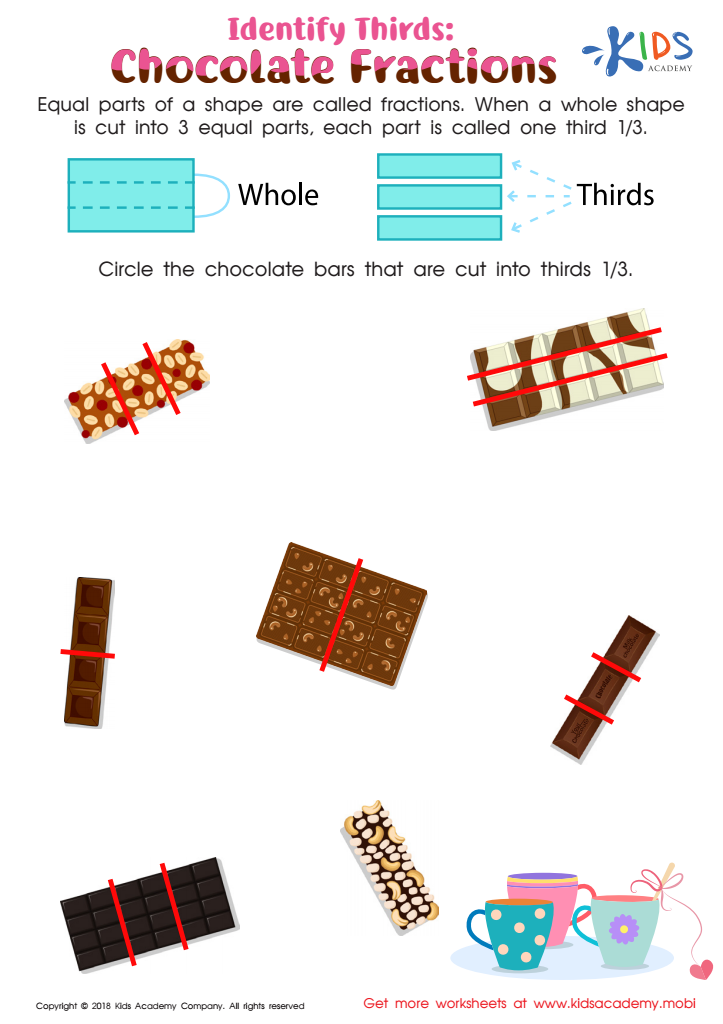

Identify Thirds: Chocolate Fractions Worksheet
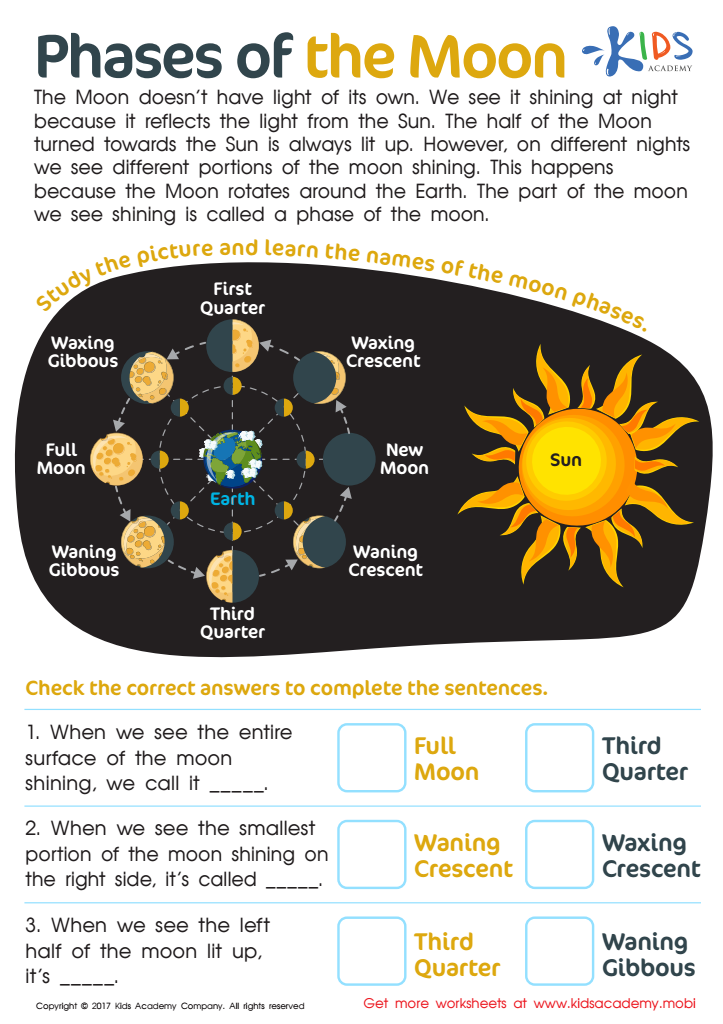

Phases of The Moon Worksheet
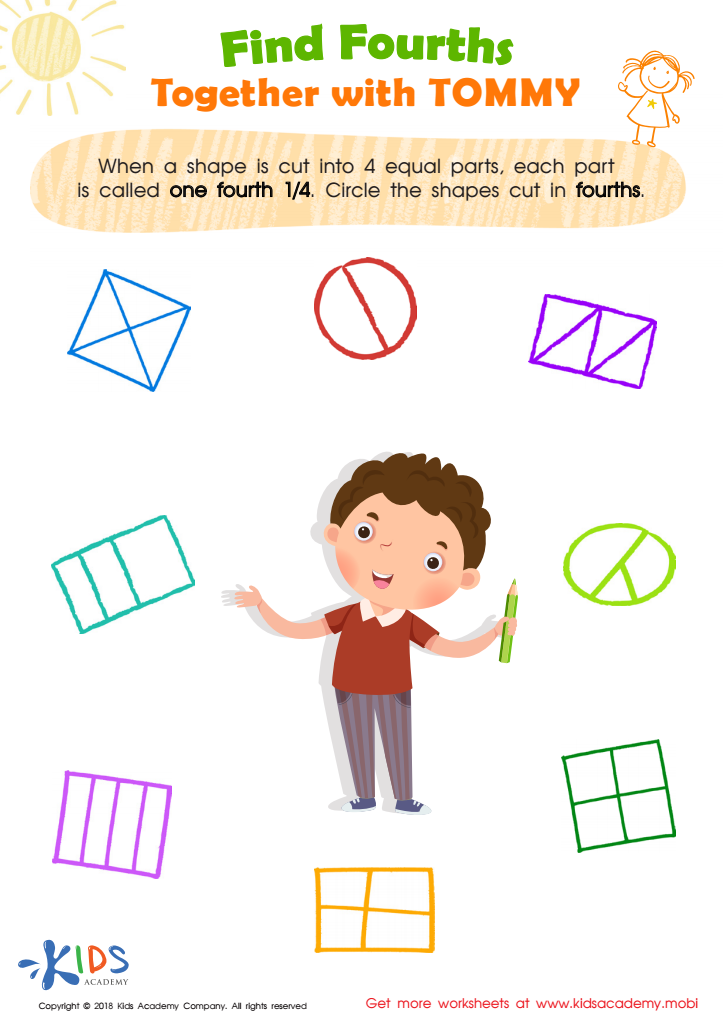

Find Fourths Together with Tommy Worksheet
Visual representation comprehension is crucial for children aged 7-9 as it significantly enhances their overall learning experience. At this developmental stage, children's cognitive abilities are expanding, making it essential for them to grasp complex concepts through various modalities, including visual imagery. Engaging with diagrams, charts, and illustrations enables them to develop critical thinking and analytical skills, as they learn to interpret and make connections between represented information and tangible concepts.
Understanding visual representations supports literacy development by aiding in reading comprehension. Children who can decipher illustrations learn to extract key ideas from texts, enhancing their ability to synthesize information. Furthermore, visual literacy fosters creative expression, allowing children to convey their thoughts effectively through drawings and presentations.
Parents and teachers should prioritize this aspect of comprehension to cultivate a well-rounded skill set. When children are proficient in interpreting visual cues, they tend to perform better academically and are better equipped for collaborative learning environments. Ultimately, strong visual representation comprehension lays the foundation for future learning and problem-solving abilities, paving the way for continuous intellectual growth as they progress in their educational journeys. This skill not only impacts academic success but also prepares them for real-world situations where visual interpretation is often key.
 Assign to My Students
Assign to My Students

